La Corsa dei Cavalli
La Corsa dei Cavalli is a beautiful etching and hand-colored gouache, finely engraved on copper and printed on laid paper. The work, which presents a remarkable quality of strokes and brilliant colors, is unsigned, but it is part of the 20 plates engraved in 1820 by the Swedish artist Carl Gustaf Hjalmar Mörner (or umo?rner) during his stay in Rome, certainly influenced by the style and manner of the coeval folkloric prints made by Bartolomeo Pinelli (cfr. Hermanin F., Una collezione di stampe e disegni dell’antico carnevale romano , Bollettino d’Arte, Rome, year I, January 1907, p. 28, cit.).
The title is engraved on plate on the lower center, and the print is numbered 11 on the lower right. The quality and the conditions of the print are excellent.
This original print is a folkloric and lively representation of Roman life during the Carnival, rendered in a pleasant way thanks to the use of intense and bright colors.
La Corsa dei Cavalli is a beautiful etching and hand-colored gouache, finely engraved on copper and printed on laid paper. The work, which presents a remarkable quality of strokes and brilliant colors, is unsigned, but it is part of the 20 plates engraved in 1820 by the Swedish artist Carl Gustaf Hjalmar Mörner (or umo?rner) during his stay in Rome, certainly influenced by the style and manner of the coeval folkloric prints made by Bartolomeo Pinelli (cfr. Hermanin F., Una collezione di stampe e disegni dell’antico carnevale romano , Bollettino d’Arte, Rome, year I, January 1907, p. 28, cit.).
The title is engraved on plate on the lower center, and the print is numbered 11 on the lower right. The quality and the conditions of the print are excellent.
The artwork represents a moment in the Berber horse race, which took place in Rome during the famous Carnival. More precisely, it represents the wait for the passing of the skittish horses along the former Via Lata, currently Via del Corso, from Piazza del Popolo to Piazza Venezia. The Roman citizens used to rent a seat along the Via to attend the event. The show was for this reason very dangerous, and it was forbidden from 1874. In this image, many men and women, some of them in carnivalesque costumes, are crowded on the margin of the street, protected and overseen by some gendarmes.
This original print is a folkloric and lively representation of Roman life during the Carnival, rendered in a pleasant way thanks to the use of intense and bright colors.




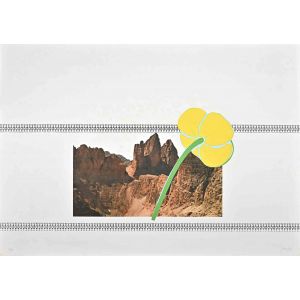
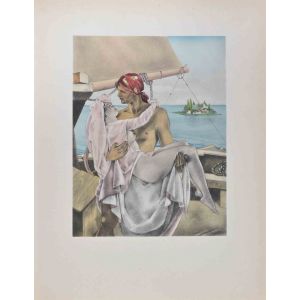
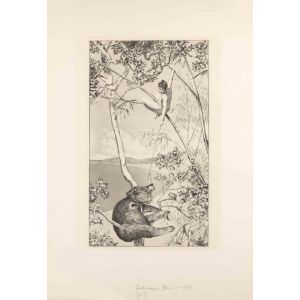
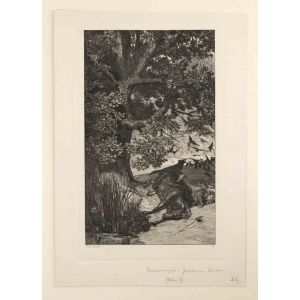
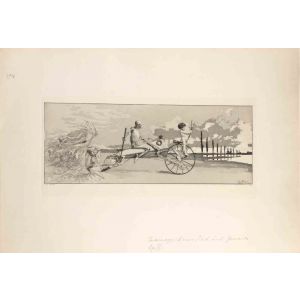
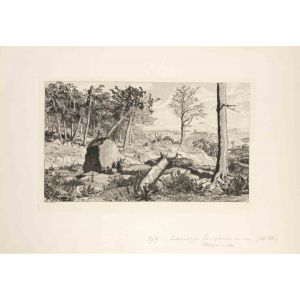
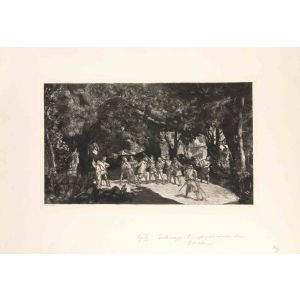
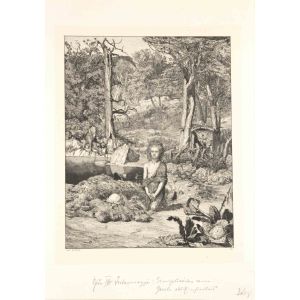
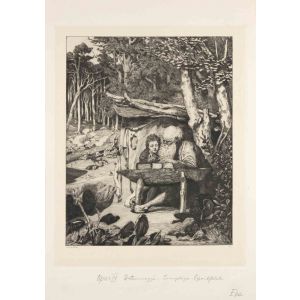
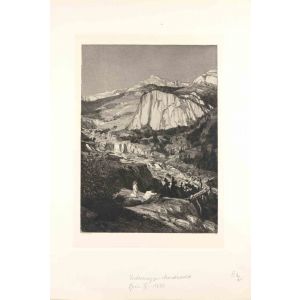

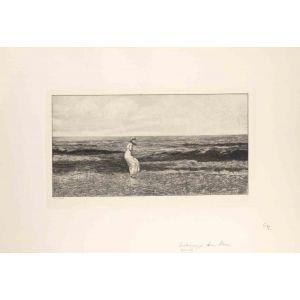
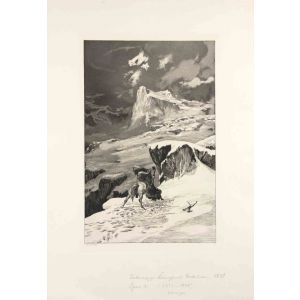









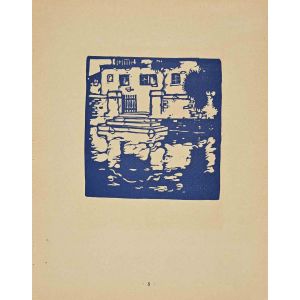




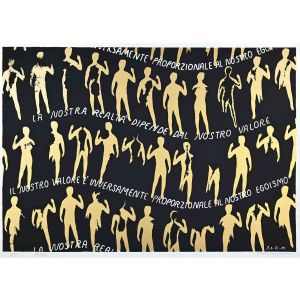
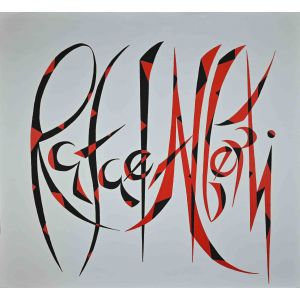

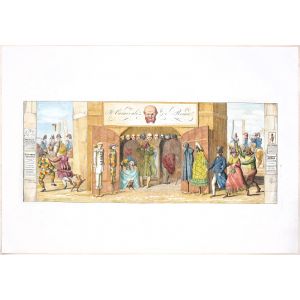








Validate your login
Sign In
Create New Account